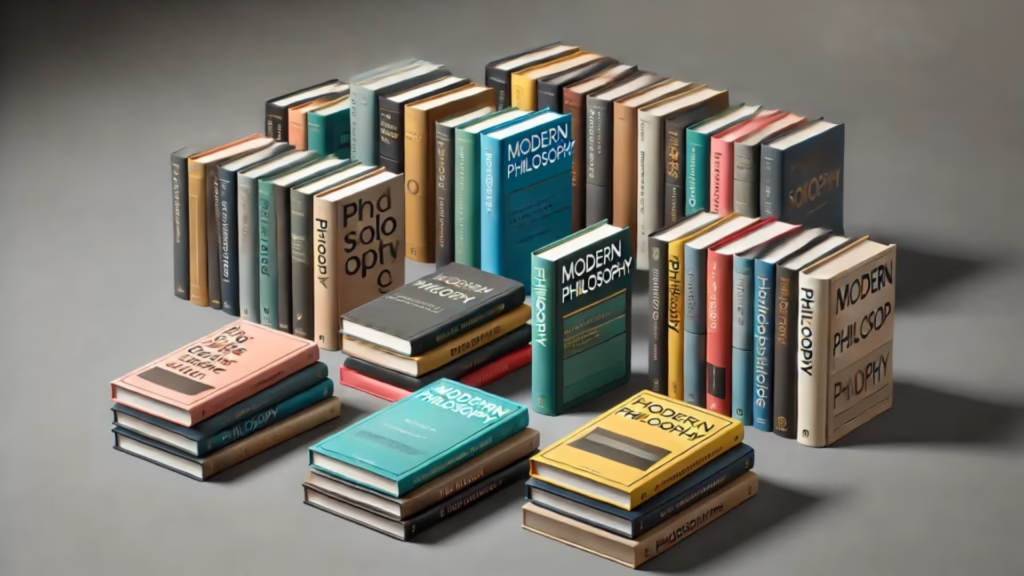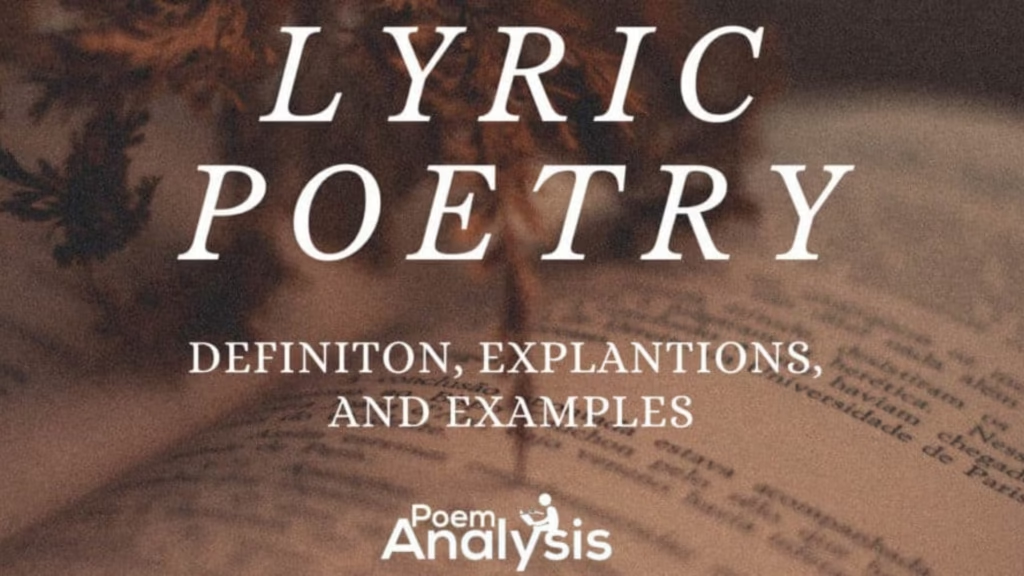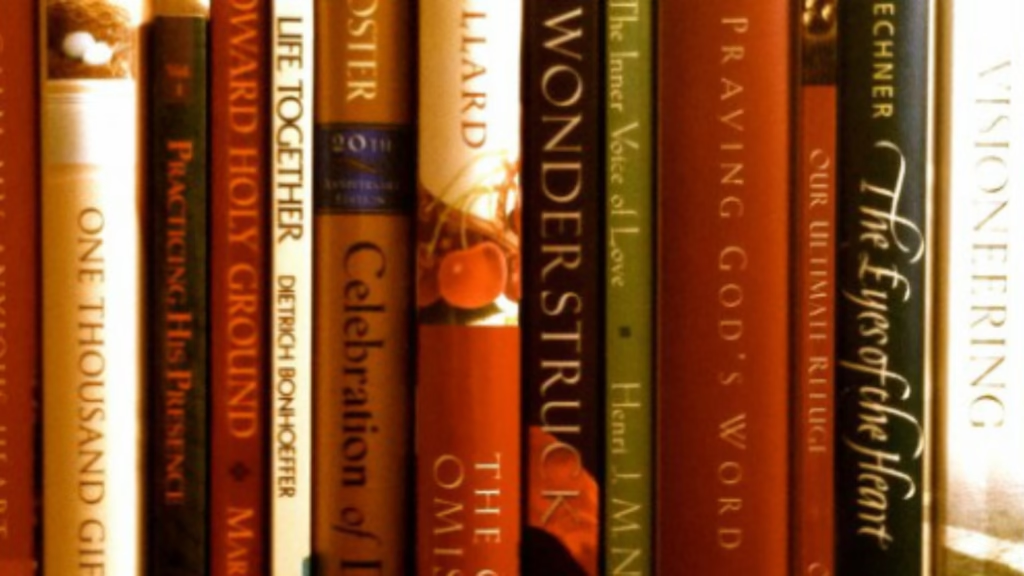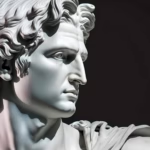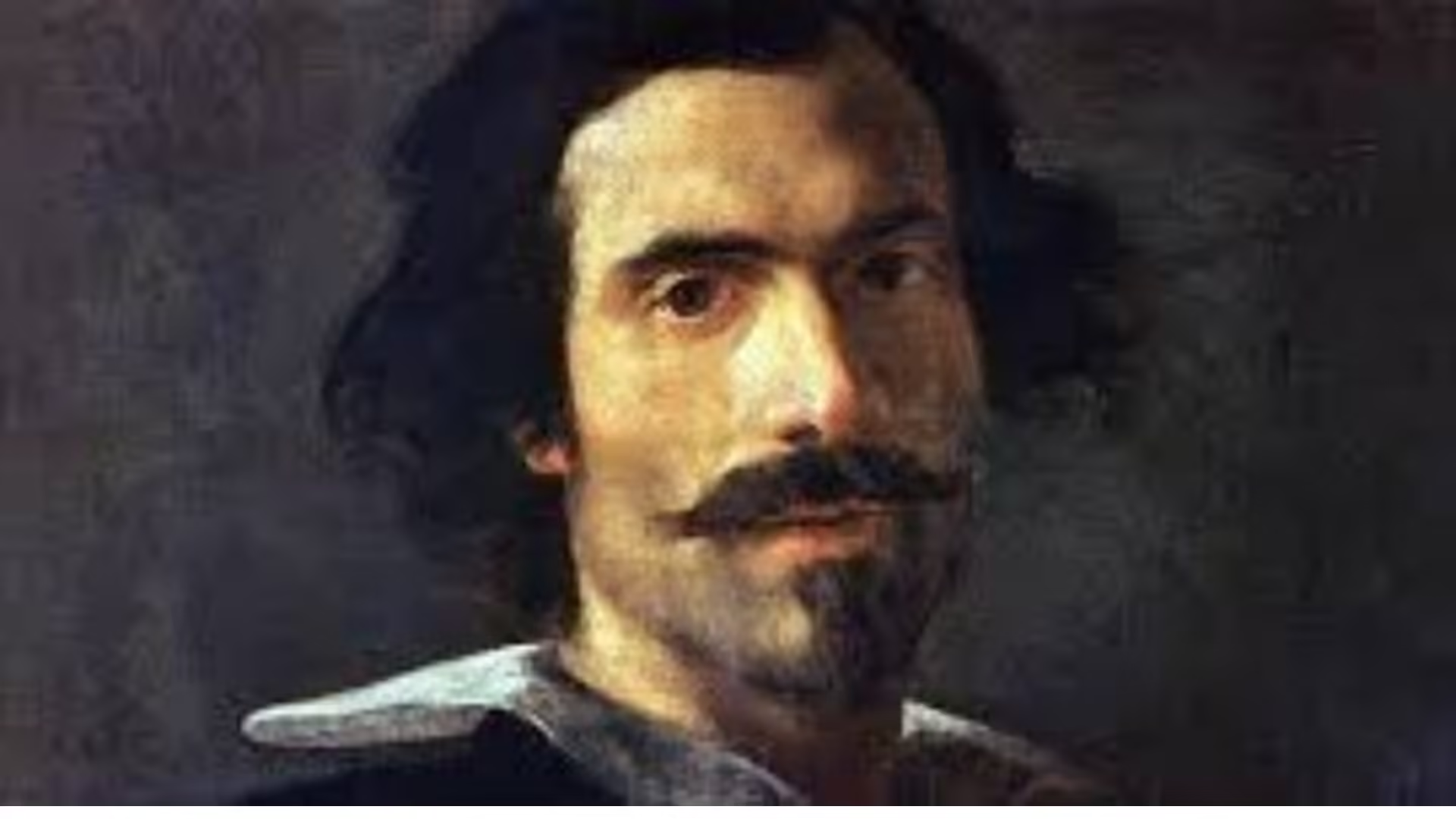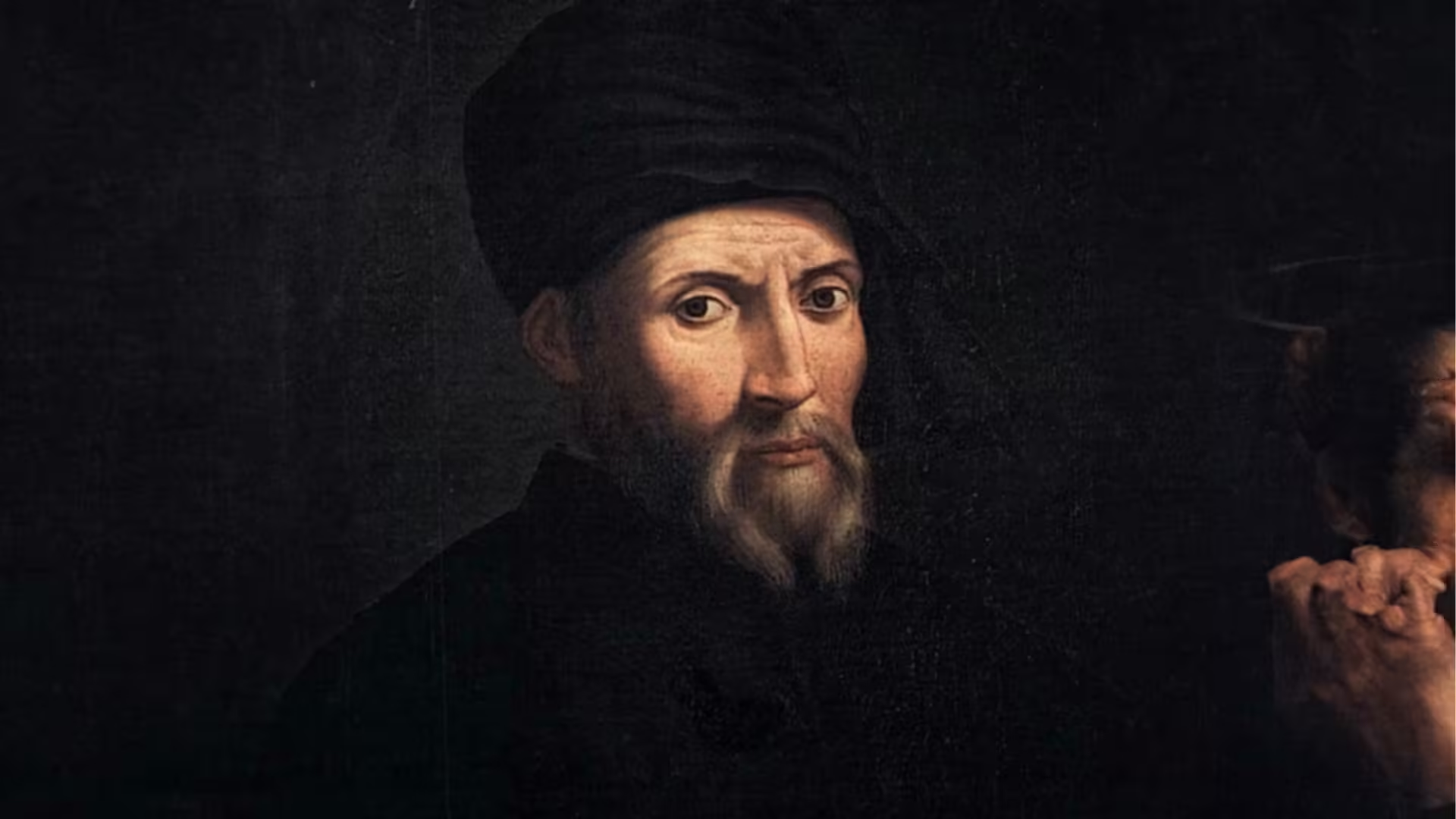The Indelible Legacy of Phidias – Master Sculptor of Ancient Greece
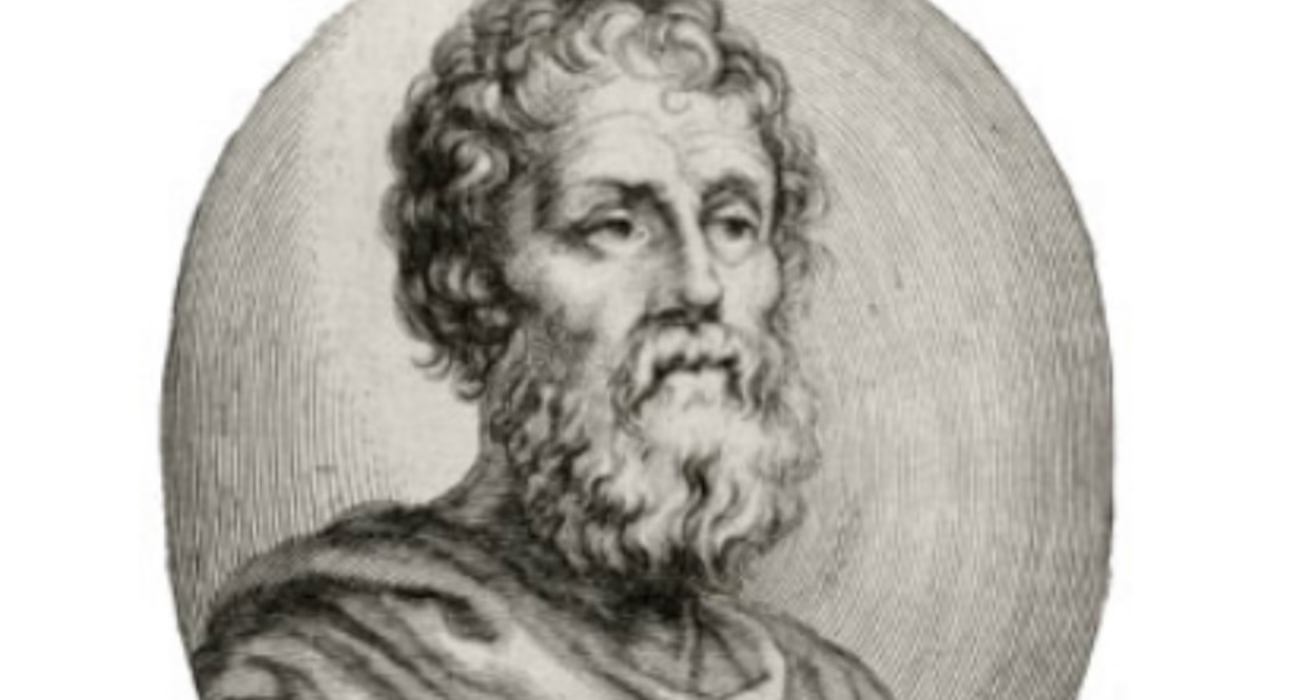
Phidias is revered as one of the greatest sculptors of ancient Greece, whose artistic prowess shaped not only the physical landscape of Athens but also the spiritual and cultural consciousness of its people. His remarkable works, including the statue of Zeus at Olympia and Athena Parthenos at the Acropolis, encapsulate the essence of classical beauty and divine representation. Through a blend of technical skill and profound emotional resonance, Phidias transcended mere craftsmanship to become a pivotal figure in the intersection of art and politics during a golden era of artistic expression.
The Life and Times of Phidias

Phidias lived during one of the most illustrious periods in Athenian history, characterized by artistic innovation and political power under the leadership of Pericles. His life was marked by a fusion of creativity and civic responsibility, where art served not only as a means of personal expression but also as a reflection of cultural identity and democratic ideals.
The Historical Context of Phidias’s Work
To fully appreciate Phidias’s contributions, one must understand the historical backdrop against which he worked. The fifth century BCE, often referred to as the “Golden Age of Athens,” was a time when democracy flourished, and the arts were celebrated as essential components of public life.
The city-state of Athens had emerged from a series of conflicts, including the Persian Wars, which instilled a sense of pride and unity among its citizens. This newfound confidence translated into a fervent desire to express their values and beliefs through monumental art. Under the patronage of Pericles, Athens transformed into a center of culture, where philosophy, theater, and sculpture thrived. Phidias became the embodiment of this artistic revolution, recognized for his ability to capture the divine essence of the gods that the Athenians revered.
Phidias’s Biography: A Journey to Greatness

Although details about Phidias’s early life remain scarce, it is believed he was born in Athens around the mid-fifth century BCE. Trained under the tutelage of established artists, he honed his skills in sculpture and architecture, quickly gaining recognition for his innovative techniques and artistic vision.
His relationship with Pericles played a crucial role in his career. As the influential leader sought to beautify Athens, he entrusted Phidias with the creation of major projects, including the construction of the Parthenon and the sculptural decorations that adorned it. This collaboration allowed Phidias to elevate his craft to unprecedented heights while simultaneously reinforcing Athenian identity and pride.Artistic Innovations and Techniques
Phidias is often credited with pioneering various artistic techniques that would influence generations of sculptors. He introduced a new approach to depicting human figures in a more naturalistic style, moving away from the rigid forms of earlier Greek sculpture.
This shift included an emphasis on proportion, movement, and expression, allowing viewers to connect emotionally with the subjects. His use of gold and ivory in sculptures added a lustrous quality, enhancing the divine aura surrounding his creations. Phidias’s mastery of drapery and anatomy created lifelike representations that resonated deeply with the Athenian populace.
The Masterpieces of Phidias
Phidias’s legacy primarily rests upon two monumental works: the statue of Zeus at Olympia and the Athena Parthenos located within the Parthenon. Each piece not only showcases his artistic genius but also serves as a testament to the religious and cultural values of ancient Greece.
The Statue of Zeus at Olympia
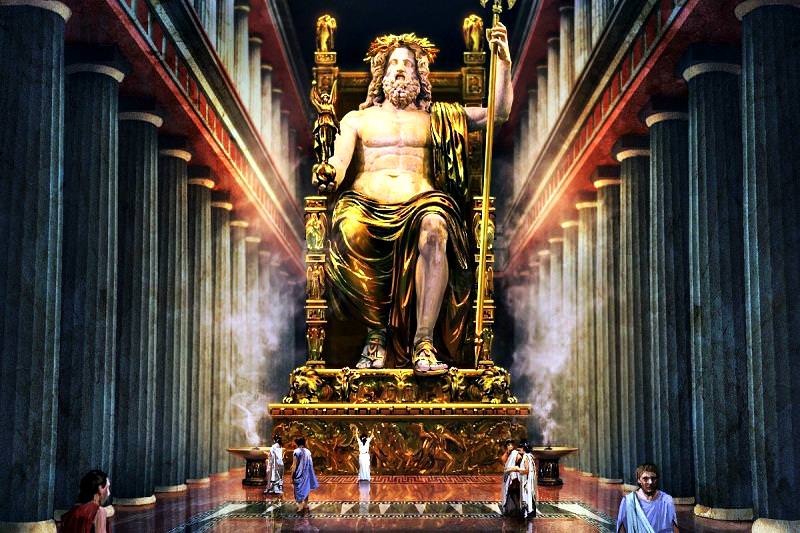
One of the Seven Wonders of the Ancient World, the statue of Zeus at Olympia stood as a colossal tribute to the king of the gods. Crafted around 435 BCE, this grandiose work was made of ivory and gold, symbolizing both opulence and divine authority.
The sheer scale of the statue was awe-inspiring; it towered over visitors, evoking feelings of reverence and admiration. Phidias captured Zeus seated on an ornate throne, enveloped in intricate carvings that depicted scenes from mythology and heroic tales. This attention to detail not only showcased his exceptional skill but also infused the sculpture with layers of meaning, inviting contemplation and reflection.
The statue’s significance extended beyond aesthetics; it represented the spiritual heart of ancient Greece. Visitors to Olympia came not only to witness the grandeur of the sculpture but also to engage in rituals and ceremonies honoring Zeus. In this way, Phidias’s work became intertwined with the cultural practices of the time, reinforcing the importance of religion in daily life.
Athena Parthenos: The Epitome of Athenian Pride
In contrast to the statue of Zeus, the Athena Parthenos epitomized Athenian patriotism and identity. This statue, housed within the Parthenon, was a manifestation of the city’s devotion to the goddess Athena, the divine protector of Athens.
The Athena Parthenos stood approximately 38 feet tall, embellished with precious materials that reflected the wealth and power of Athenian society. Phidias’s innovative use of both gold and ivory created a striking visual contrast, emphasizing the goddess’s celestial nature. The dynamic pose of Athena, clad in armor and holding a shield, conveyed a sense of strength and vigilance.
Beyond its aesthetic appeal, the statue served as a powerful symbol of Athenian democracy and civic pride. The dedication of such a monumental work to Athena underscored the belief that the city’s prosperity was favored by the gods. It ignited a sense of collective identity among citizens, reinforcing their commitment to the ideals of freedom and excellence.
The Cultural Impact of Phidias’s Works
Phidias’s masterpieces did not exist in isolation; they played a significant role in shaping the cultural fabric of ancient Greece. The artistic innovations he introduced set a new standard for beauty and craftsmanship, influencing subsequent generations of sculptors across various regions.
The impact of his work extended beyond Greece itself. During the Roman period, artists sought to emulate Phidian techniques and themes, incorporating elements of his style into their own creations. This enduring influence can be traced through history, culminating in the Renaissance when artists like Michelangelo and Bernini drew inspiration from Phidias’s masterpieces.
Moreover, the cultural narratives embedded within his works contributed to the collective memory of the Greeks. They served as anchors for myths, legends, and civic ideals, fostering a sense of continuity amidst the changing tides of history. The legacy of Phidias is therefore not merely artistic; it encompasses the broader implications of how art can shape societal values and identities.
The Interplay of Art and Politics in Phidias’s Work

Art and politics have always been intertwined, and Phidias’s contributions exemplify this dynamic relationship. His work was not only a reflection of artistic ambition; it was also a strategic tool used to convey messages of power, identity, and ideology.
The Role of Pericles in Shaping Phidias’s Vision
Pericles’s leadership was instrumental in shaping the context in which Phidias operated. The statesman envisioned Athens as a beacon of culture and democracy, and he recognized the vital role of art in achieving this goal. By commissioning Phidias to create monumental works, Pericles elevated the status of both the artist and the city itself.
Under Pericles, the Parthenon was constructed as a symbol of Athenian superiority, and Phidias’s involvement solidified this connection. The collaboration between the two figures signified a merging of artistic endeavor with political aspiration, demonstrating how art could serve as a vehicle for civic pride.
Art as Propaganda: Defining Athenian Identity
Phidias’s sculptures transcended mere artistic expression; they functioned as instruments of propaganda that reinforced Athenian identity. In a time when the city faced external threats and internal challenges, the representation of powerful deities offered solace and inspiration to the populace.
The statue of Zeus at Olympia, for instance, served as a reminder of divine favor and protection, providing citizens with a sense of security amid uncertainty. Similarly, the Athena Parthenos embodied the values of courage and wisdom, encouraging Athenian citizens to embody these traits in their governance and daily lives.
Through his artistry, Phidias crafted a narrative that aligned with the aspirations of the Athenian people, making art a crucial player in the political landscape. His works transcended their physical form, becoming symbols of unity and resilience.
The Enduring Influence of Phidias in Political Discourse
The legacy of Phidias extends beyond the confines of ancient Greece, permeating modern discussions about the role of art in society. His ability to synthesize beauty with meaning serves as a lens through which contemporary artists and politicians view their own responsibilities.
Today, the dialogue around public art continues to grapple with the complexities of representation and identity. Just as Phidias’s sculptures engaged with notions of divinity and power, modern artworks reflect current societal concerns, highlighting issues such as social justice and environmental awareness.
As we navigate the interplay of art and politics in our time, the lessons drawn from Phidias’s work resonate profoundly. They remind us of the power of creativity to inspire change, challenge narratives, and foster connections among diverse communities.
The Cultural Heritage of Phidias: Lessons for Future Generations
The contributions of Phidias have left an indelible mark on the world of art, inspiring successive generations of creators and thinkers. His mastery of form, coupled with his ability to convey deeper meanings, has established a benchmark for excellence that continues to guide contemporary artistic endeavors.
The Influence of Phidias on Subsequent Artists
Phidias’s impact can be observed across various artistic movements, especially during the Renaissance when artists sought to revive classical ideals. Figures like Michelangelo and Raphael studied classical sculpture and drew inspiration from the techniques pioneered by Phidias.
The pursuit of ideal beauty, balance, and proportion in Renaissance art mirrored Phidian principles, showcasing the timeless nature of his contributions. Even contemporary artists refer back to his works as benchmarks for understanding the relationship between form and meaning, seeking to infuse their creations with similar depth and resonance.
Phidias as a Symbol of Artistic Integrity
Beyond technique, Phidias represents the notion of artistic integrity—an unwavering commitment to one’s vision and values. His ability to elevate ordinary materials to create divine representations speaks to the transformative potential of art.
In an age where commercial pressures often overshadow artistic pursuits, Phidias’s legacy serves as a reminder of the importance of authenticity. Artists today can draw inspiration from his singular focus on capturing profound truths through their work, regardless of external expectations.
Reviving Interest in Classical Arts in Contemporary Society
In the 21st century, there has been a resurgence of interest in classical art forms, driven by a desire for deeper connections with cultural heritage. Museums and institutions are actively engaging in research and exhibitions that explore the legacies of artists like Phidias.
This revival fosters discussions about the relevance of classical art in contemporary society, prompting questions about the role of beauty, spirituality, and cultural identity in our lives. By studying and celebrating Phidias’s work, we can cultivate a richer understanding of how art shapes our perceptions and experiences.
Conclusion

Phidias stands as a towering figure in the annals of art history, his legacy transcending time and space. As a master sculptor of ancient Greece, he encapsulated the ideals of beauty, spirituality, and civic pride through his monumental works. The intersection of art and politics in his creations serves as a poignant reminder of the profound impact art can have on society.
His masterpieces continue to inspire and challenge us, urging contemporary artists and thinkers to explore the complexities of representation, identity, and belonging. In an increasingly fragmented world, the lessons derived from Phidias’s work remind us of the importance of unity, continuity, and the enduring power of art to shape our collective narrative.





